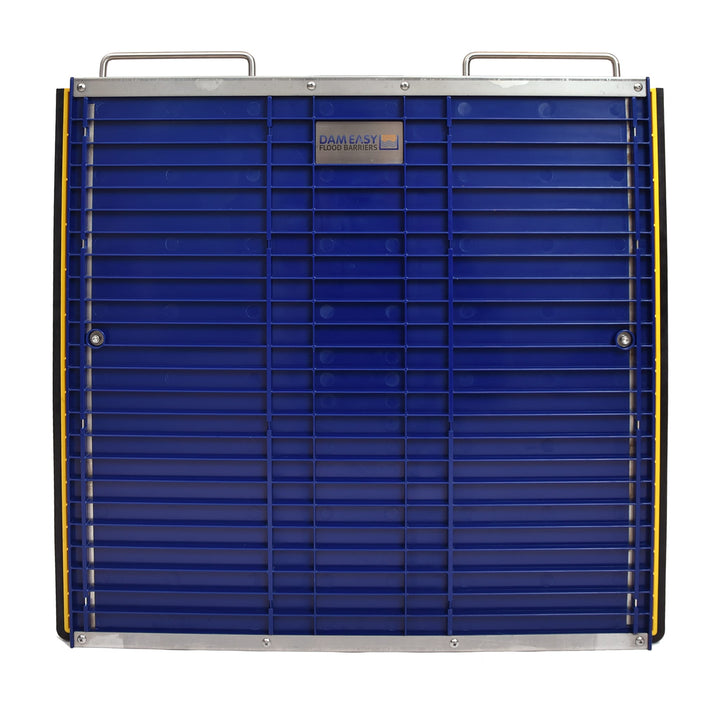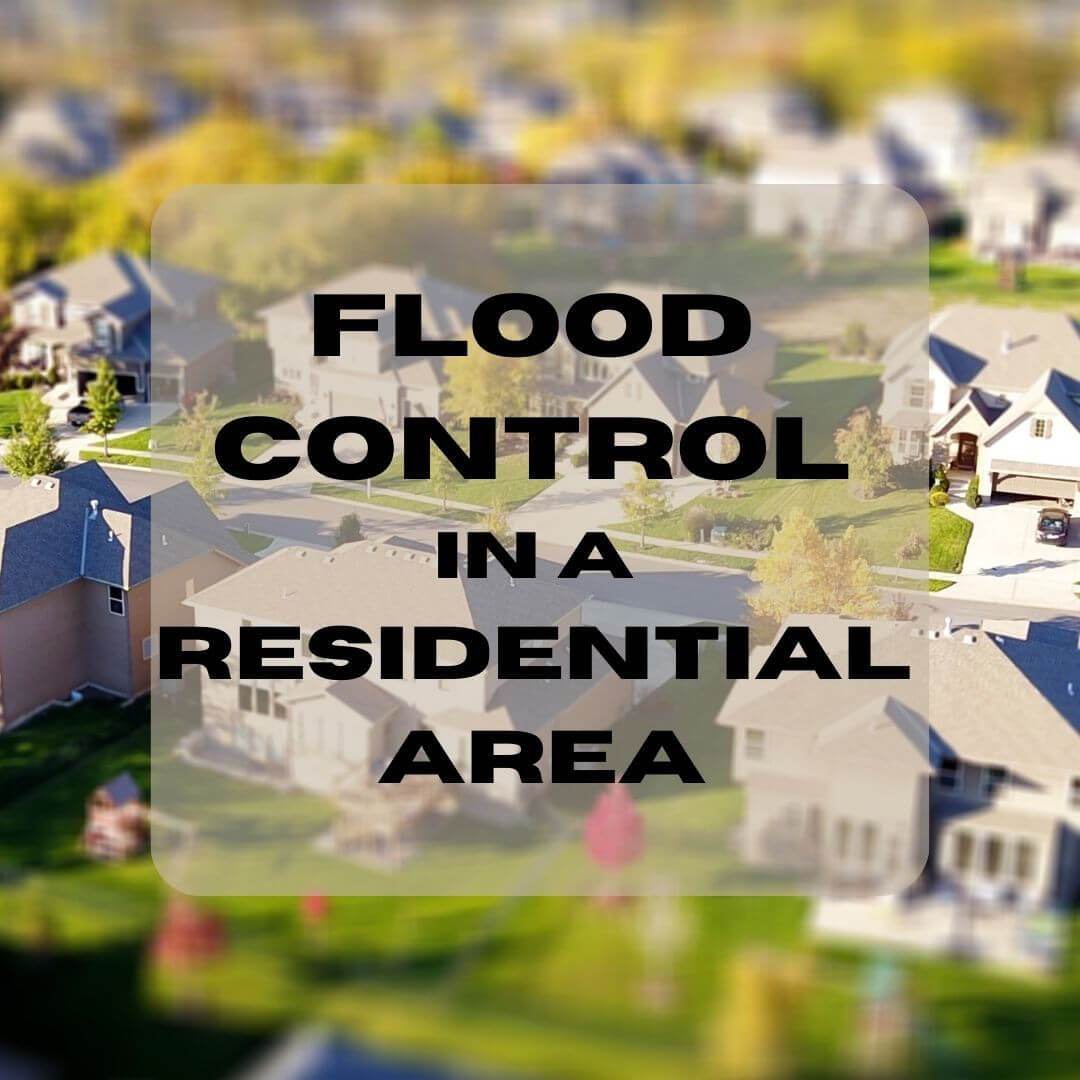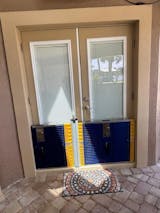Floods can occur in residential areas, particularly in regions prone to heavy rainfall, hurricanes, coastal storms, or river flooding. When floodwaters rise, they can affect not only commercial and industrial areas but also residential neighborhoods.
There are several reasons why floods can impact residential areas:
- River or stream flooding: Residential areas located near rivers or streams are vulnerable to flooding when water levels rise due to heavy rainfall or snowmelt. This type of flooding can be relatively slow-moving and may last for an extended period.
- Flash floods: Flash floods can occur rapidly and with little warning, often caused by intense rainfall or the sudden release of water from a dam or reservoir. Flash floods can affect both urban and rural residential areas, particularly those located in low-lying regions or areas with poor drainage systems.
- Coastal flooding: Coastal areas are susceptible to flooding due to storm surges, which are elevated water levels caused by tropical storms, hurricanes, or severe weather events. Coastal residential communities may face the risk of inundation and damage from both high waves and rising water levels.
- Urban flooding: In urban areas, poor drainage systems, overwhelmed stormwater infrastructure, or inadequate flood management can lead to localized flooding. This can impact residential neighborhoods, especially in areas with high population density.
It's important for homeowners and residents in flood-prone areas to be aware of the risks, take appropriate measures to protect their properties, and follow local authorities' guidance regarding evacuation or flood preparedness.
What kind of residential buildings are most likely to get damaged badly in case of flooding?
Certain types of residential buildings are more vulnerable to flood damage than others. The degree of vulnerability can vary depending on factors such as the building's design, construction materials, elevation, and proximity to water bodies. Here are some types of residential buildings that are generally more prone to significant flood damage:
- Basements and below-ground structures: Buildings with basements or below-ground levels are at higher risk of flood damage. Water can seep into basements through foundation cracks, windows, or sewer backups, leading to structural damage, mold growth, and damage to utilities and personal belongings.
- Single-story or ground-level structures: Homes that are built on a single level or at ground level are more susceptible to flooding, especially if they are located in low-lying areas or flood-prone zones. Water can easily enter these structures through doors, windows, and other openings, causing significant damage.
- Structures with inadequate flood protection measures: Buildings that lack flood-resistant barriers, such as floodgates, flood panels, or seals around doors and windows, are at higher risk of flood damage. Without these measures, water can infiltrate the building more easily.
- Wood-frame or lightweight structures: Homes constructed with wood-frame or lightweight materials are generally less resistant to flood damage compared to buildings made of concrete, masonry, or other flood-resistant materials. Floodwaters can weaken the structure, leading to structural instability, mold growth, and damage to interior finishes.
- Buildings located in flood-prone areas: Residential structures situated in flood-prone areas, such as coastal regions, near rivers, or in areas with poor drainage systems, face a higher risk of severe flood damage. These areas are more likely to experience higher water levels and more frequent flooding events.
It's important to note that even buildings that are considered more flood-resistant can still sustain damage during extreme flooding. Building codes and regulations often provide guidelines for constructing or retrofitting residential buildings in flood-prone areas to enhance their flood resistance and resilience.
How to reduce the risk of flooding in a residential building?
Reducing the risk of floods in a residential home involves taking preventative measures to minimize potential damage. Here are some steps you can take:
- Understand the flood risk: Research and understand the flood risk in your area. Consult flood maps or reach out to local authorities or flood management agencies for information about flood-prone zones, historical flood data, and flood protection measures.
- Purchase flood insurance: Consider obtaining flood insurance coverage for your property. Standard homeowners' insurance policies often do not cover flood damage. Flood insurance can help protect your home and belongings in the event of a flood.
- Maintain proper drainage: Ensure that your property has proper drainage systems in place. Keep gutters and downspouts clear of debris, and direct water away from the foundation of your home. Ensure that stormwater drains are functioning properly.
- Elevate critical systems: If possible, elevate critical utilities, such as electrical panels, HVAC systems, and appliances, above the potential flood level. This can help prevent damage to these systems and reduce the risk of electrical hazards.
- Install flood-resistant barriers: Consider installing flood-resistant barriers, such as floodgates or flood panels, around entry points like doors and windows. These barriers can help prevent water from entering your home during a flood.
- Waterproof your basement: If your home has a basement, apply waterproofing techniques, such as sealing basement walls and floors, installing a sump pump, and using waterproof coatings or membranes. This can help prevent water from seeping into your basement during floods.
- Buy and install flood barriers: Modern flood barriers are made from lightweight yet robust materials that can withstand a full-fledge 3-foot flooding. They are easy to install, which increases your chances to stay safe even in case of a flash flood.
- Raise electrical outlets and switches: Raise electrical outlets, switches, and other electrical components above flood levels to reduce the risk of electrical damage and hazards.
- Create an emergency plan: Develop an emergency plan for your household that includes evacuation routes, a communication plan, and a designated meeting point. Ensure that all family members are aware of the plan and know how to respond in the event of a flood.
- Store valuables safely: Keep important documents, valuables, and sentimental items in waterproof containers or safe deposit boxes. Store them in elevated areas or upper floors of your home to minimize flood damage.
Remember to consult local building codes, regulations, and guidelines when implementing flood mitigation measures. It's also essential to stay informed about weather forecasts and flood warnings issued by local authorities.
If you live in an area at risk of flooding, it's advisable to consult with local experts, engineers, or architects who specialize in flood-resistant design and construction to assess the vulnerability of your specific building and explore appropriate mitigation measures.
Also, make sure to contact Dam Easy for more information about modern flood control solutions and get your own flood barriers kit to be entirely prepared for the upcoming flood season.
$899.99
大坝容易®防洪闸门大坝
洪水在世界各地越来越普遍。曾经的百年现象,现在是房主必须面对的季节性趋势。
这正是为什么你需要这个大坝容易防洪闸门大坝!
作为重型和凌乱沙袋的一个很好的替代品,这个屏障提供了第一道防线,防止水进入你家的门窗。当洪水发生时,快速行动的能力至关重要。此防洪屏障可在 5 分钟内安装,为您提供可靠的防洪保护!
不要等到为时已晚。得到这个防洪屏障门坝,现在保护你的房子!
… Read MoreDamEasy防洪闸门坝 -终极防洪





















